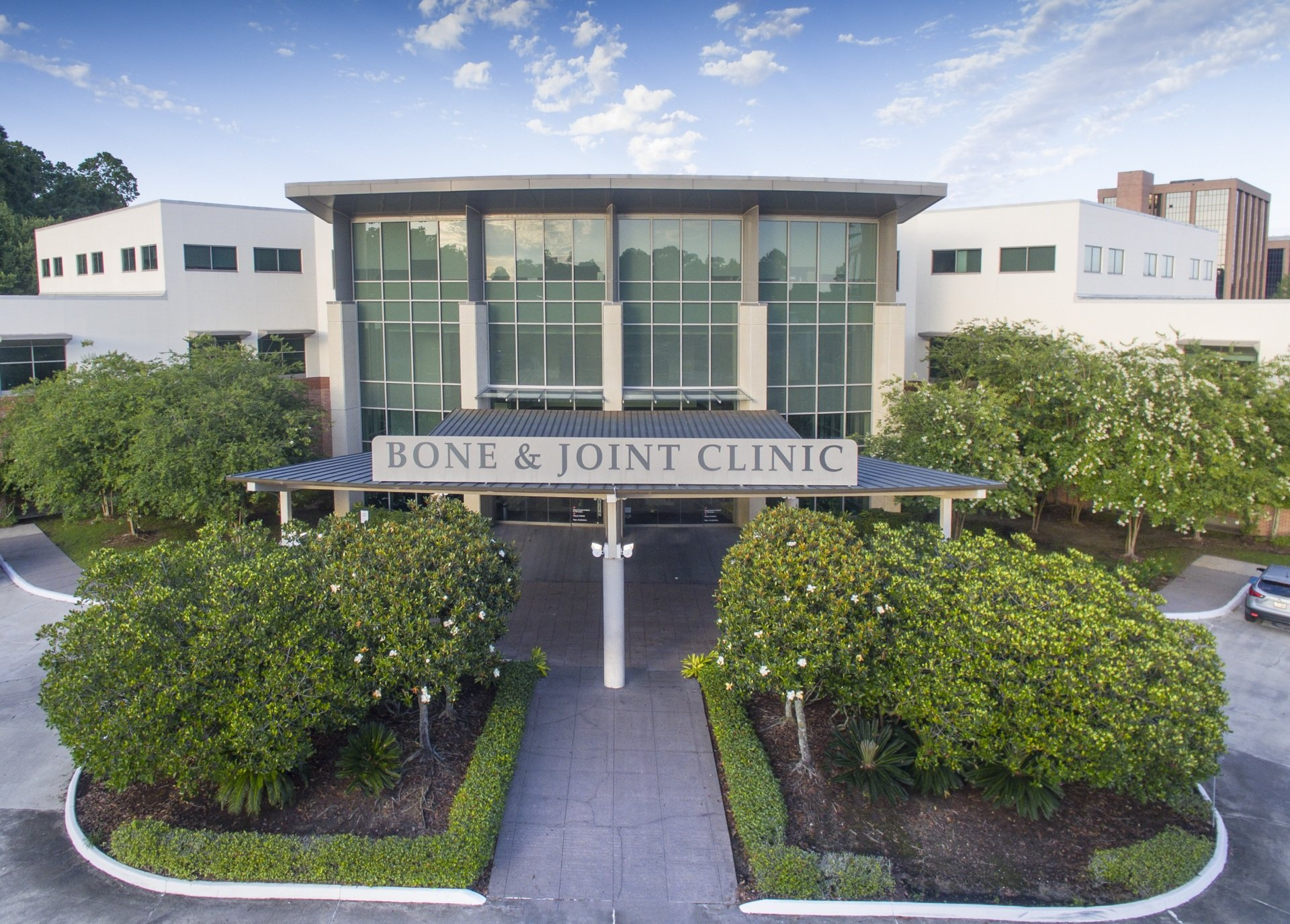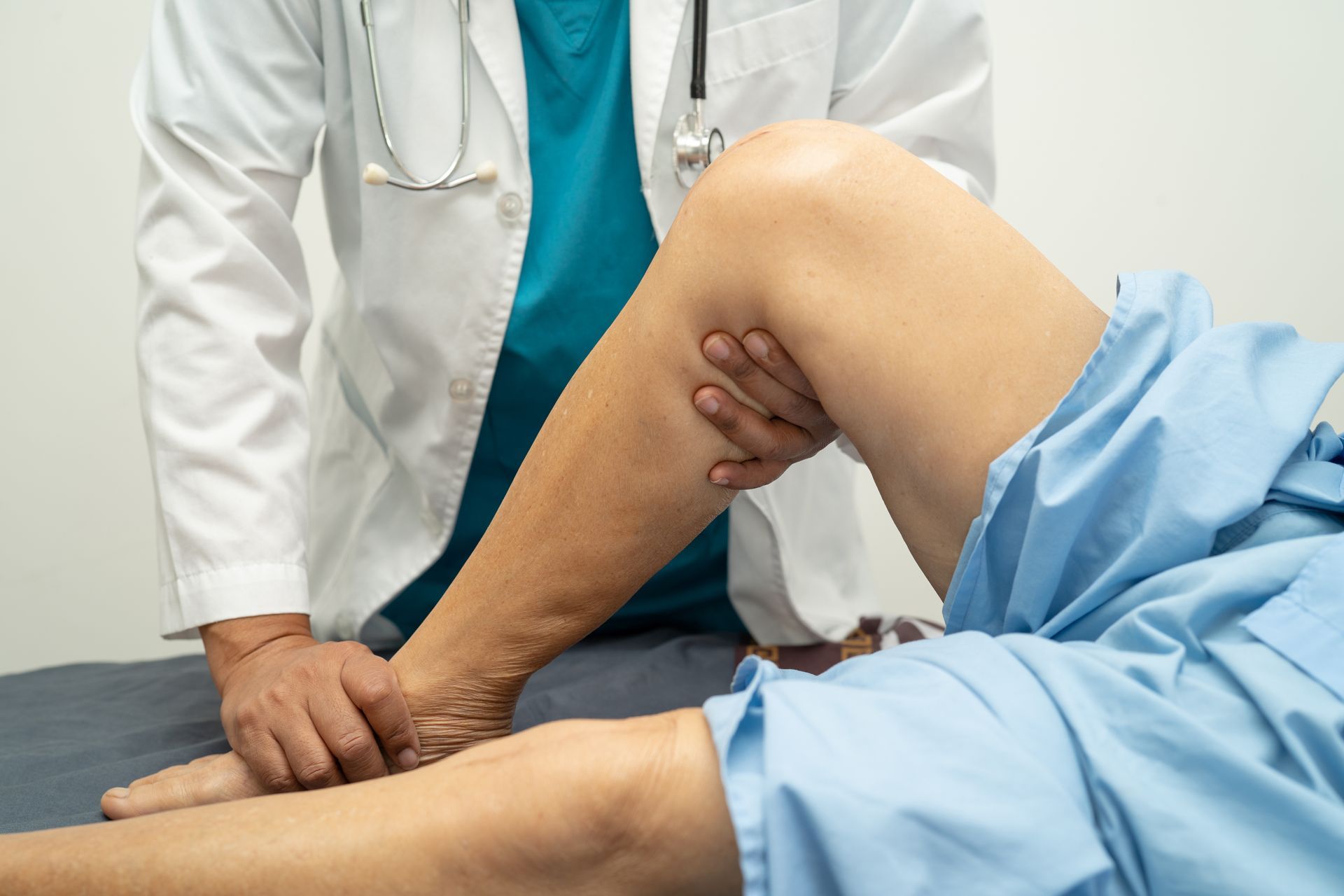The Achilles tendon is the largest in the body, connecting the calf muscles to the heel bone. It allows the foot to point downward and push off, making activities such as running and jumping possible. It is strong, durable, and experiences a load of up to 10 times a person’s body weight during physical activity.
Still, it is the most commonly injured tendon in the lower extremity, affecting anywhere from 6 to 18 percent of athletes each year. Because of this high rate of injury during athletic pursuits such as basketball, running, and soccer, athletes must take exceptional care to prepare their bodies and prevent such complications. While there is no foolproof way to avoid an Achilles rupture, the following techniques can significantly reduce risk.
Strengthen and Stretch Calf Muscles
Because the Achilles tendon is connected directly to the calf muscles, the stronger they are, the more they can reduce stress on the tendon. As for stretching, any part of the body is far less susceptible to injury when it is warmed up and flexible. Taking time to warm up and stretch rather than jumping right into an activity can give both calf muscles and the Achilles time to adjust and prepare for the task ahead.
Switching Up Exercises to Protect the Achilles
Having the same repetitive motion over and over again can exacerbate stress on the body parts involved. By mixing up your routine, you can give certain areas a chance to rest while building others. So, if you typically enjoy high-impact sports such as running, mix in a low-impact alternative such as biking or swimming from time to time as well.
Keep a Safe Training Pace
Sudden increases in training intensity are among the most common causes of Achilles injuries. Just as you should warm up and stretch before each workout, you should also take time to gradually increase your intensity. While you may be excited to jump ahead and see results, you are increasing the likelihood that you’ll see an Achilles rupture instead.
Choose a Safe Running Surface to Avoid Injury
When running, it is important to consider the surface. A track type surface is a great choice. However, that isn’t always an option. When choosing your running path, look for surfaces that are neither too hard nor slippery. You’ll also want to avoid paths that are uneven and could cause you to trip or step into a hole.
Select the Appropriate Gear for Your Type of Workout
Generally speaking, you’ll want to select footwear that is well-fitted, provides adequate arch support, cushion and heel support. You will also want to take into account the surface you’ll be on. A basketball court can require different traction than a running shoe, and soccer cleats are another issue entirely. Take the time to visit a high-quality shoe store with trained professionals who can help you select the perfect shoe for your foot and sport needs.
Achilles Doctors in Baton Rouge
If you do find yourself in the unfortunate situation of an Achilles injury, the foot and ankle specialists at Bone and Joint Clinic of Baton Rouge are here to help! Simply click below to learn more about our physicians and schedule an appointment.


7301 Hennessy Blvd.
Suite 200
Baton Rouge, LA 70808
tel: (225) 766-0050
fax: (225) 766-1499
Bone & Joint Clinic of Baton Rouge, Inc. complies with applicable Federal civil rights laws and does not discriminate on the basis of race, color, national origin, age, disability or sex.
Click to view our notice.
Bone & Joint Clinic of Baton Rouge | All Rights Reserved.


